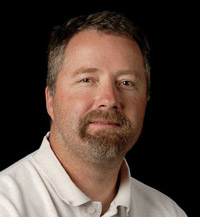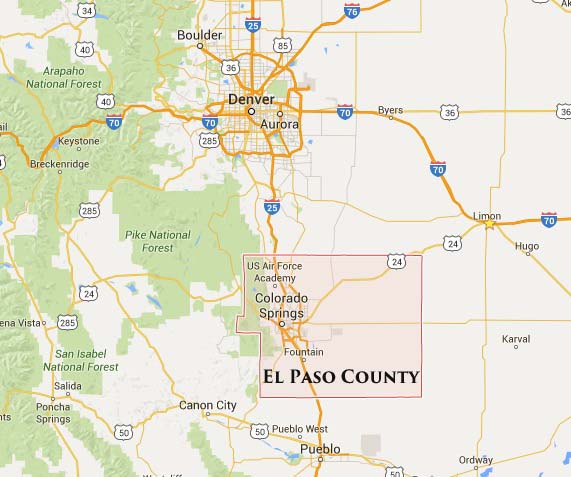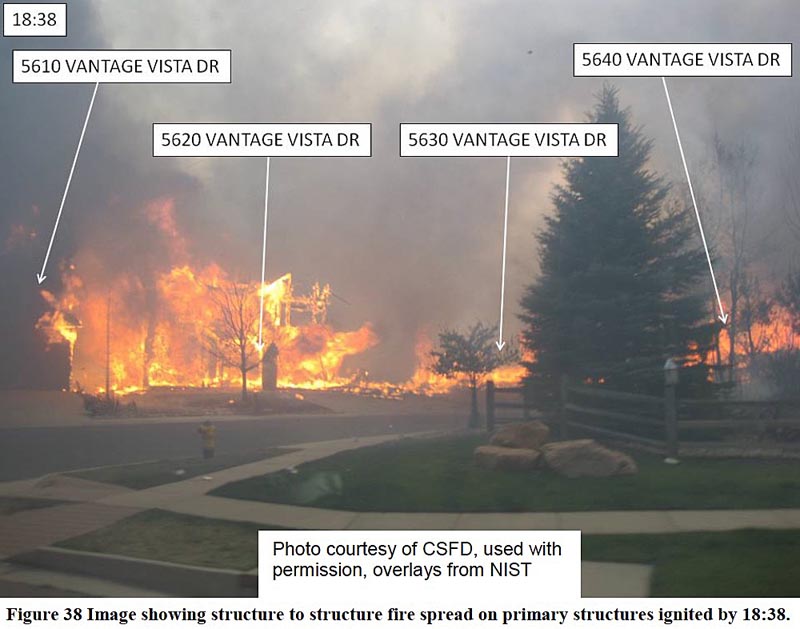There will be transitions at the top of the state wildfire organizations in Colorado and Montana.
In Colorado, Paul Cooke, the Director of the Division of Fire Prevention and Control, is retiring. He became the Director in 2012 after the Colorado legislature and Governor Hickenlooper made major changes in the organization and structure of state-level fire and life safety programs. Chief Cooke will remain in the position until his successor is appointed and onboard.
In Montana the Department of Natural Resources & Conservation (DNRC) recently selected Mike DeGrosky as the new Fire and Aviation Bureau Chief following the retirement of Ted Mead in December. The Fire and Aviation Management Bureau provides resources, leadership and coordination to Montana’s wildland fire services to protect lives, property, and natural resources; working with local, tribal, state, and federal partners to ensure wildfire protection on all state and private land in Montana.
“Our effort to involve a number of DNRC staff members as well as external partners was met with support and enthusiastic participation across the state, and I found it both rewarding and inspiring to see so many people engaged in the process. We offered Mike DeGrosky the position and he accepted enthusiastically. The DNRC welcomes Mike and is excited to have him join our team,” said Bob Harrington, Forestry Division Administrator.
Mike comes back to DNRC with over 38 years of wildland fire and incident management experience as well as extensive experience in facilitation, consulting, and conflict resolution experience in wildland fire and natural resource organizations.
From 1982-1995 Mike worked for the DNRC in various positions including Rural Fire Forester, Fire Management Specialist, Unit Fire Supervisor and Fire Program Manager. Other services and roles in his career include Volunteer Fire Department Captain, Training Officer, and consultant to fire and emergency management organizations.
DeGrosky is a graduate of the University of Montana, College of Forestry and Conservation, holds a Master’s degree in organizational leadership from Fort Hays State University, and a PhD in Business Administration with an emphasis in organizational leadership from Northcentral University.
“I am looking forward to working with each of you. I will put a high priority on getting out and meeting local officials, fire service organizations and agency partners. I am pleased to be back with the Department and look forward to our work together,” DeGrosky said.
He began working part-time in late January and will assume the duties as Chief full time on February 8, 2016.



